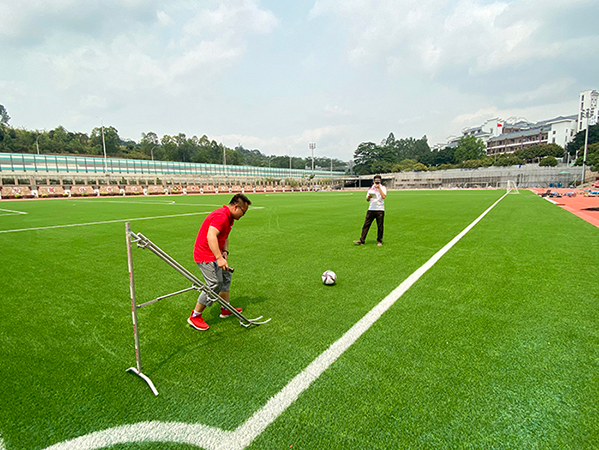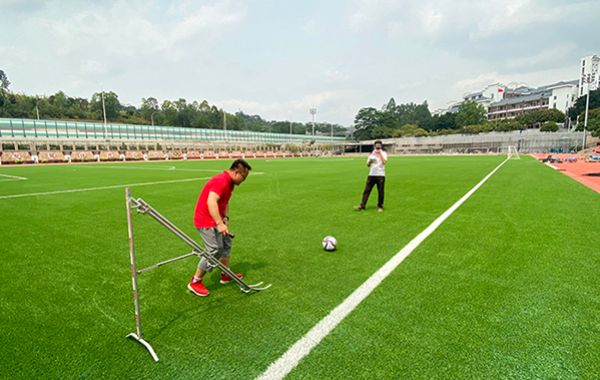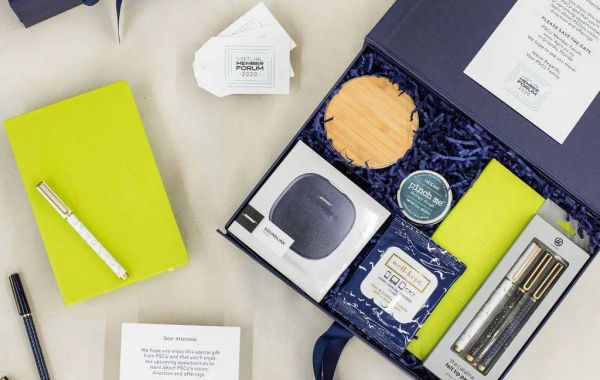Site Foundation
Artificial grass football pitches are mainly cement and asphalt based, depending on the local climate and a combination of factors to determine which type of base to use. Asphalt foundations are the more common type of artificial grass field and are suitable for climates with large temperature differences, but are expensive. Cement foundations, on the other hand, are easy to construct and relatively inexpensive, making them cost-effective. However, whichever type of foundation is used, the levelness of the foundation must be at least 95%, and both types of foundation cannot be directly permeable to drainage, but rely on the slope of the field for drainage. 11-a-side large fields generally choose turtle-back drainage, relying on the middle high and four low sides for rapid drainage, while some small fields can choose slope drainage, relying on the vertical and horizontal slope for drainage. Whichever base slope is used it is important to maintain a uniform slope of around five thousandths of a degree.
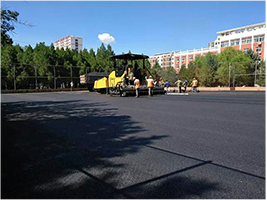
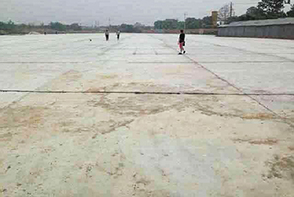
Sports Field Artificial Grass Yarn laying steps
1. Clean Up Foundation Debris Before Laying
Before laying the artificial turf, after the foundation is done, there can be a gap of a few days, some sites even a few months, during which time there will certainly be a lot of rubbish and other things left on the foundation of the site. This is why it is important to clean up before laying the turf, and to wash it down with water if possible.
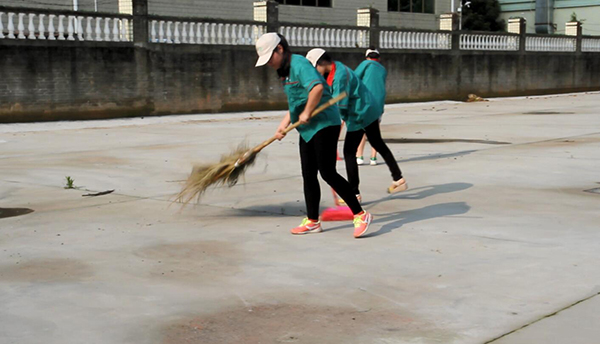
2. Precautions Before Laying Artificial Turf
Artificial turf is shipped from the factory to the transport and then to the site, after heavy extrusion may make the lawn deformation, so after the lawn into the field, you can lay the artificial lawn in the sun for a day, so that it is more conducive to laying. Especially in areas with large temperature differences and some short grass fields, it should be left for one or two days before laying.
3. Safety Damping Mat Laying
FIFA certified venues have quite high requirements for safety shock absorbing pads, the use of padding effectively improves impact absorption performance and reduces the risk of injury to athletes. This is a major factor in the use of many artificial turf fields.
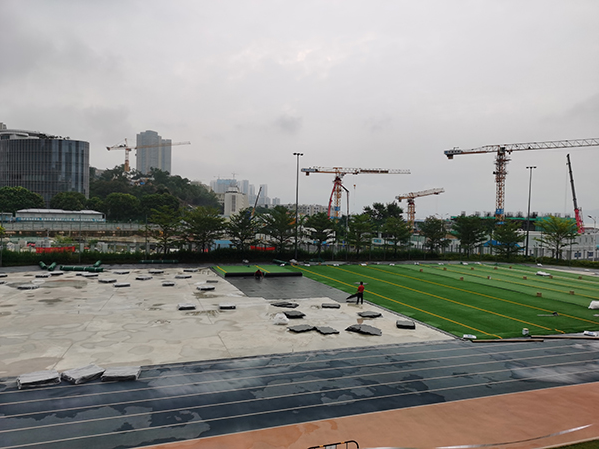
4. Artificial Turf Surfacing
After laying the bedding layer, the lawn is moved to the site location for spreading. When laying the artificial turf, pay attention to the gap between the two sides and the direction of the grass filaments, reserving a suitable location for laying the jointing tape bonding, which can also save a lot of work later. Apply special glue to the jointing strips for bonding. When applying the glue, take care to apply it evenly and do not do it in the rain.
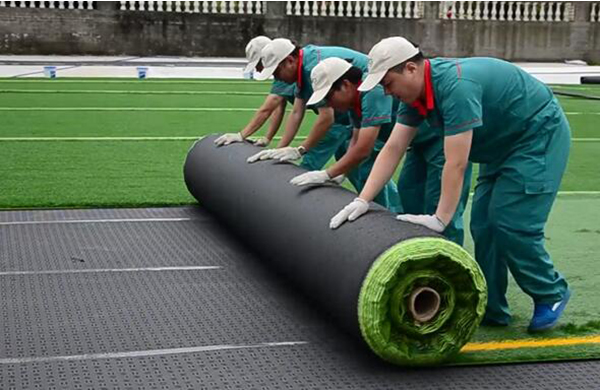
5. Artificial Turf Infill Accessories
The artificial turf filling auxiliary material generally refers to quartz sand and environmental protection particles, according to FIFA FIFA standard filling amount is generally specification 40-60 mesh 25-27KG/㎡ quartz sand and specification 0.8-2mm 5-7KG/㎡ TPE environmental protection particles.
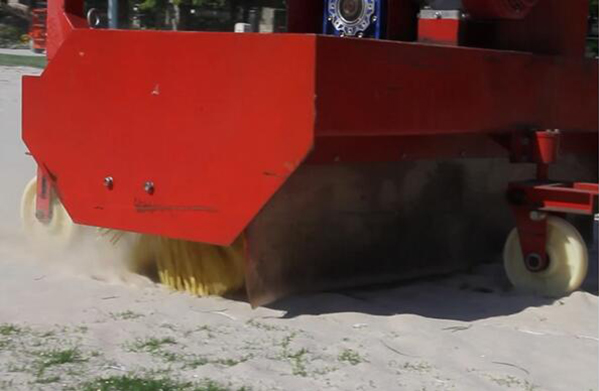
6. Checking Completion And Clearing Debris
After the work has been completed, there is usually residual grass and some useless plastic bottles and the like, and even cigarette butts and confetti on site. So check around and clean up the site.
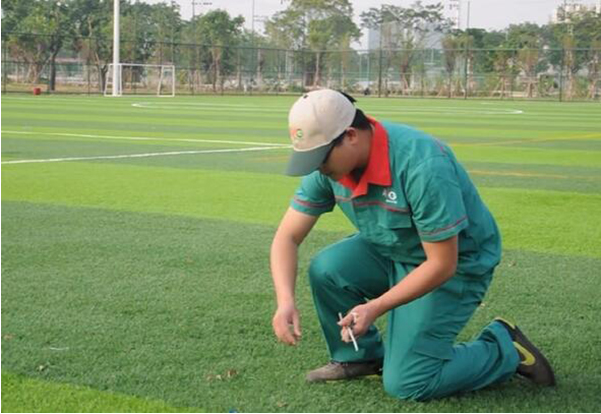
7.FIFA Field Test
FIFA QUALITY PRO and FIFA QUALITY test data will also differ, with FIFA QUALITY PRO tests being more demanding, so the certified surfaces will meet the requirements of top-level racing.
